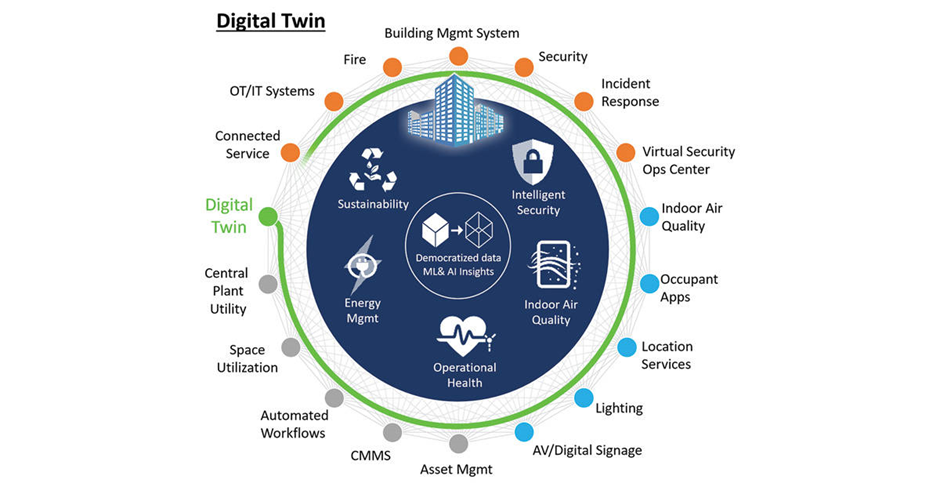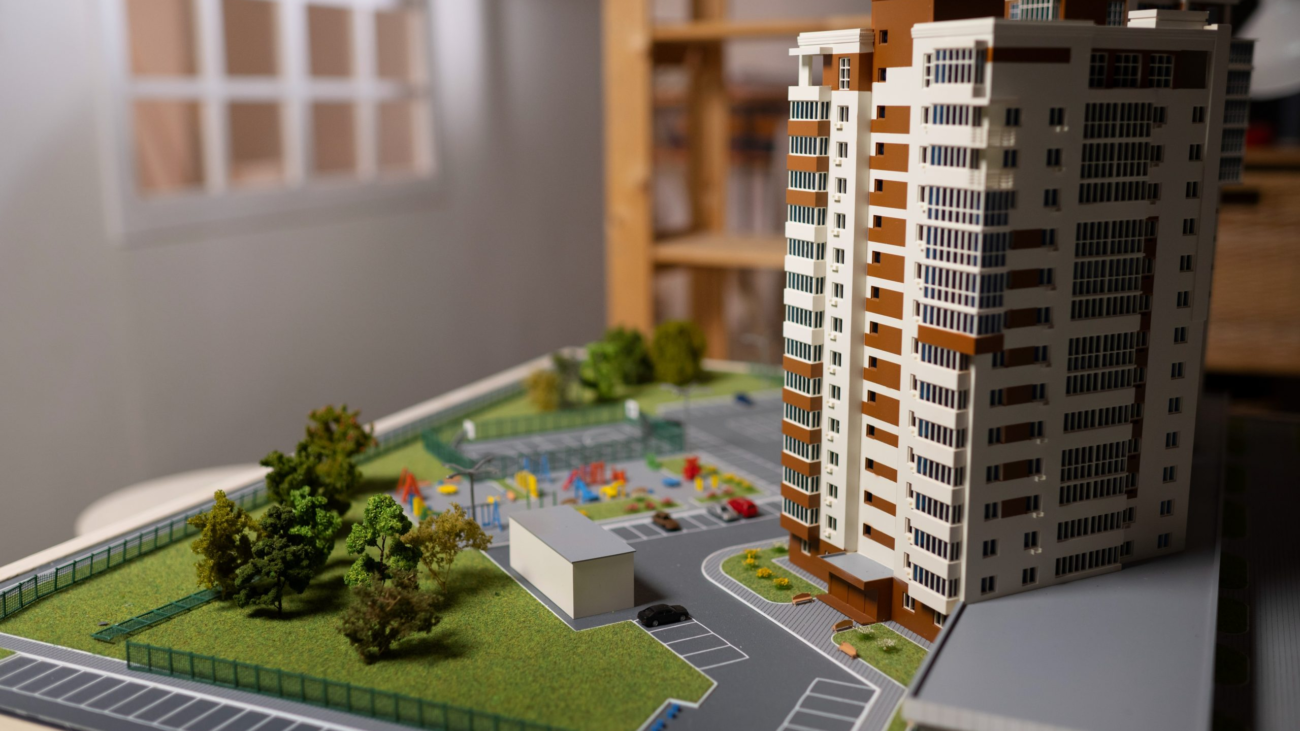With the passage of time, the construction management field has been constantly expanding and innovating. Technology has always remained an integral part in making processes more efficient and effective. One of those technological advancements is the VDEC Verify module. In this article, we shall explore the functioning of this module to highlight its purpose and features.
Introduce you to the VDEC Verify Module.
The VDEC Verify module gives building and construction specialists a fast means of ensuring the project BIM models is complete, correct, and in compliance with the necessary information requirements, standards, and specifications. Using the module, teams are able to determine the completeness, correctness, and compliance of the models fast, thus making it an important element in improving the quality of Building Information Modeling (BIM).
How Does the VDEC Verification Module Function?
Let’s explore the step-by-step process.
Model Submission & Assignment of Tasks.

The first is the submission of the project models by various teams. There are various tasks that are allocated to all the teams to be performed by them. For instance, if the work of the structural team is to design the model.
Evaluating Information Requirements
After the model submission, team members can verify whether the requirements for information have been met. This is quite crucial in verifying the completeness and accuracy of the model. VDEC Verify module provides a clear picture of work delegated to the team, and from this, they can verify compliance of their work.
Verification and Review
Managers can easily check and audit the completed team work using the VDEC Verify module. They can view tasks that are fully compliant with information requirements, as well as tasks that are incomplete, contain errors, or are missing information.
Notifying and Resolving Issues
If inconsistencies are detected in the verification, they can be resolved directly by the managers. Managers can change the status of the issue tasks to indicate the need for corrections using the VDEC Verify module. Managers can also talk to the employees by opening the tasks and providing appropriate comments, thereby facilitating smooth interaction and problem fixing.
Assessing Model Progress
One of the greatest advantages of the VDEC Verify module is that it is able to provide a general overview of the model’s progress. This enables building professionals to view the complete, accurate, and compliant portion of the model and identify areas that are still outstanding or not yet linked to respective components. This provides feedback for teams to know how close the model is to the next phases of the projects.

The Importance of the VDEC Verify Module
The VDEC Verify module offers several benefits that contribute to the overall improvement of BIM model quality:
1.Enhanced Model Quality Assessment
Construction teams are able to conduct an extensive examination of their BIM models using the VDEC Verify module. The examination ensures the model is gap-free, error-free, and omission-free to meet standards.
2.Early Issue Identification
Early identification of problems in BIM models is essential for preventing costly errors down the line. The VDEC Verify module enables teams to detect any missing or incorrect items in the model in a timely manner. By identifying these issues early, construction professionals can avoid potential delays, rework, and cost overruns.
3.Improved Collaboration and Communication
Project delivery is efficient when there is effective communication and collaboration between construction teams. The VDEC Verify module facilitates this communication between team members and managers. Through comments and task status updates, team members receive feedback, clarification, and direction from their managers, which leads to enhanced cooperation and productivity.
4.Streamlined Model Progress Evaluation
The VDEC Verify module offers construction professionals a clear view of work done against the project model. This clarity allows teams to view what is completed and to the required standard and what is not. By streamlining the assessment process, verify facilitates the ability of teams to make informed decisions regarding the readiness of the model to go to the subsequent stages of the project.
Conclusion
The VDEC Verify module has totally revolutionized the process of how construction experts check and verify project models. Its whole set of capabilities, including model checking, detection of issues, collaboration, and tracking progress, make it a must-have to drive quality in BIM models. Construction teams can get their models to conform to the standards, which leads to improved project performance, reduced risks, and overall greater efficiency.
















